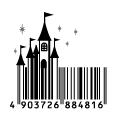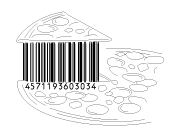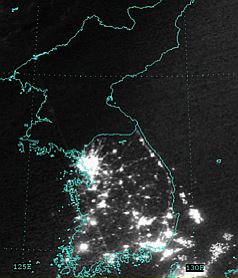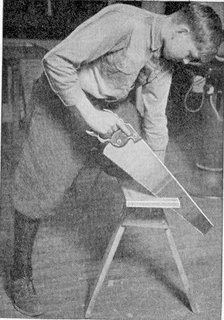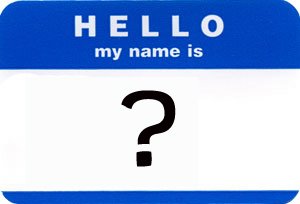Traditional brainstorming doesn't work. Why?
- Traditional brainstorming doesn't generated that many ideas. Luke'sexperience is that the well runs dry in about 20 minutes. We've all experienced that uncomfortable moment when the room goes silent.
- The ideas aren't really that novel. Yeah, a few weird ones emerge,but overall low quality.
- Only a fraction of the ideas generated get used. Not an efficientuse of time and creative energy.
So, what's his technique?
- STEP 1: Decide on a focus area. Define the problem you're trying solve or product you're trying to develop. In our workshop he told us to think of an educational handheld product for preteens.
- STEP 2: Break up into groups of 2 to 4 people. Small groups generate more, and more novel, ideas than big groups.
- STEP 3: Assign each group a different random word (a noun) to generate associations. Use a dictionary. Pick of a page number, column numberand the number of a word in that column. Go there. If it's not a noun, read down until you reach the first noun. Our word was WHEAT.
- STEP 4: Have everyone individually start writing down their assocations with the random word. Mine were BAKING, WAVING, FLOWING, SEED, STALK, BREAD, HEALTHY, GROWING, ORGANIC, MACHINERY, FARMING, OUTDOORS, FIELD, BIG, EXPANSIVE, SUNNY, HARVEST, etc, etc. Do this for about 5 minutes. Then, share your associations with the group.
- STEP 5: Use these associations to generate fresh ideas about the focusarea for 10 to 15 minutes. Do this as an individual at first. Write each idea down on a post-it note. For example...SUNNY --> Solar powered unit that teaches kids about light, photons,etc.HEALTHY, ORGANIC, BAKING --> Product that teaches kids about nutrition.You can stick a sensor into food and it does basic analysis, e.g.,sugar content. Or you can enter in what you're eating and it will tellyou all about it....
- STEP 6: Have everyone present their ideas to the group and let newideas emerge as part of the discussion. Write these new ideas on apost-it note.
- STEP 7: Select another word or find a random object (he gave use a black desk stapler) and repeat steps 3 - 6. Generate new associationsand use them to generate more ideas. You'll be amazed how many novelideas emerge in round 2!
- STEP 8: Have each group present to everyone their random words/objects,the associations and product ideas that resulted. Write down any newideas generated by discussion on a post-it note.
- STEP 9: Place all the ideas into one of four categories
1. Specific Idea - Well formulated idea that offers immediate value.
2. Beginning Idea - Good potential that needs to be developed
3. Concept - General way of doing things
4. Approach - Very broad, general direction.
- STEP 10: Turn 'Approaches into 'Guiding Principles' that can be usedover and over.
- STEP 11: Turn 'Concepts' and 'Beginning Idea' into 'Specific Ideas' bylisting what would have to be done to make them more useful. Forexample, what technology obstacle would have to be overcome to make anidea practical.
- STEP 12: Rank all the 'Specific Ideas' through some voting process and start implementing!
I can't wait to use this technique. Try it and let me know how it works. Better yet, we could try it here if someone could suggest a problem to solve.








